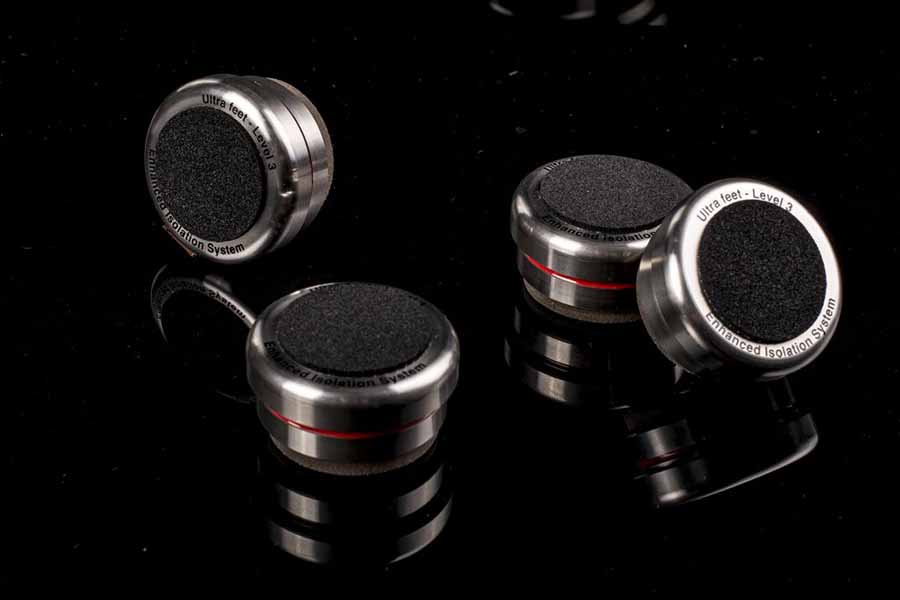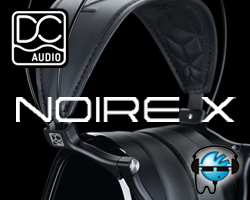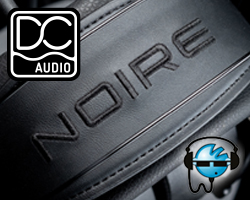![]() Miles Kilby of Solidair Audio got in touch to tell us about his Magnetic Levitation Isolation Feet and the principles behind them.
Miles Kilby of Solidair Audio got in touch to tell us about his Magnetic Levitation Isolation Feet and the principles behind them.
Miles said: “To reproduce music well, the high frequency notes need looking after. They give you the fine detail and finish the shapes of the lower frequencies. They give the bass notes more punch, sound stage more width and depth and better define the position of instruments. It is why we are compelled to get the stylus that responds at frequency levels far beyond our auditory range or the best CD player we can afford. This is what we want from our hifi and a good recording has all this ready for us. We just don’t want to lose this fine, pure signal on the way to the speakers and this is where the Solidair Audio feet come in”.
“The principles behind the feet are fairly straight forward, but there is perhaps more going on than one may realise. The magnets repel each other and essentially float the hifi component in the air, which decouples it from the shelving or what ever it is sat on. This prevents vibration picked up by the speakers and surroundings from causing high frequency movement of the component and the parts inside. Some components are quite microphonic, valves and capacitors particularly and vibration can cause high frequency distortion to the signal within them, which is hard on the ear and tiring to listen to. The main focus of this design is to cut this right down.”
“The central pin is essential to keep the magnets in place, it is thin and has little contact with the body of the foot. Vibration actually reduces the effective contact as well, reducing friction between the parts, like when a wacker plate is used for compacting road stone, the vibration makes it easy to move. Motion of the magnets generates eddy currents in the brass body and magnets themselves, which adds damping to the system. You may remember from school science lessons, dropping a magnet down a copper tube. It always takes longer to exit the end of the tube than a similar non magnetic weight, because it generates electricity as it goes. This effect means that not only is external noise damped, but vibrations produced by moving parts within a hifi unit are also damped, ideal for optical drives and turntables. The feet have a heavy top section. This distances the magnet from the hifi unit, to a point where the magnetic field will not affect the electrical signals inside. Steel has quite a high magnetic permeability, so the hifi box will short circuit the magnetic field as well. This is something people seem to worry about, so I thought it best to mention this. The heavy top section also adds to the sprung weight, greater mass being harder to vibrate and also having a lower resonant frequency, which will reduce the effect of vibration on the all important high frequency notes”.
“Since selling the first set in 2015 on eBay, the response has been very enthusiastic, so we have developed more products for specific and general applications, dealers have taken them on and we now have a much better website. The products are all made locally in West Cornwall by myself and a local engineer who helps me out. Many of the parts are turned by hand and all hand finished. We don’t have neodymium mines here, so the magnets are made by my magnet man in China. I am now working full time on the business to spread the word of audio enlightenment through ultimate isolation”.

















































































































































































You must be logged in to leave a reply.